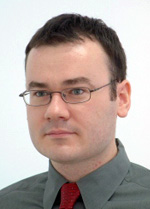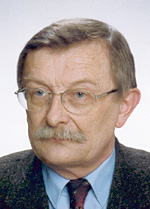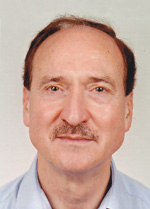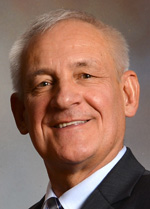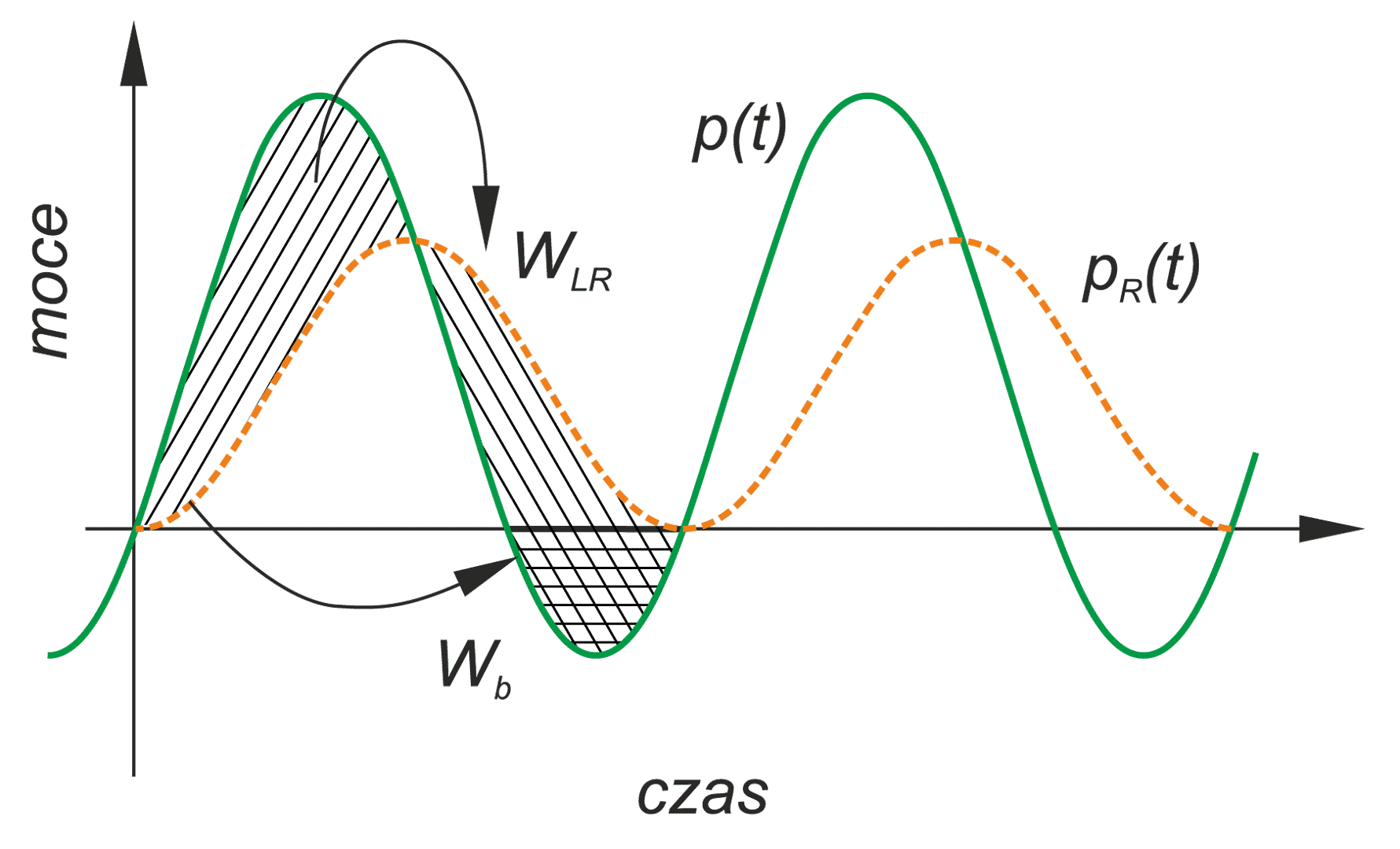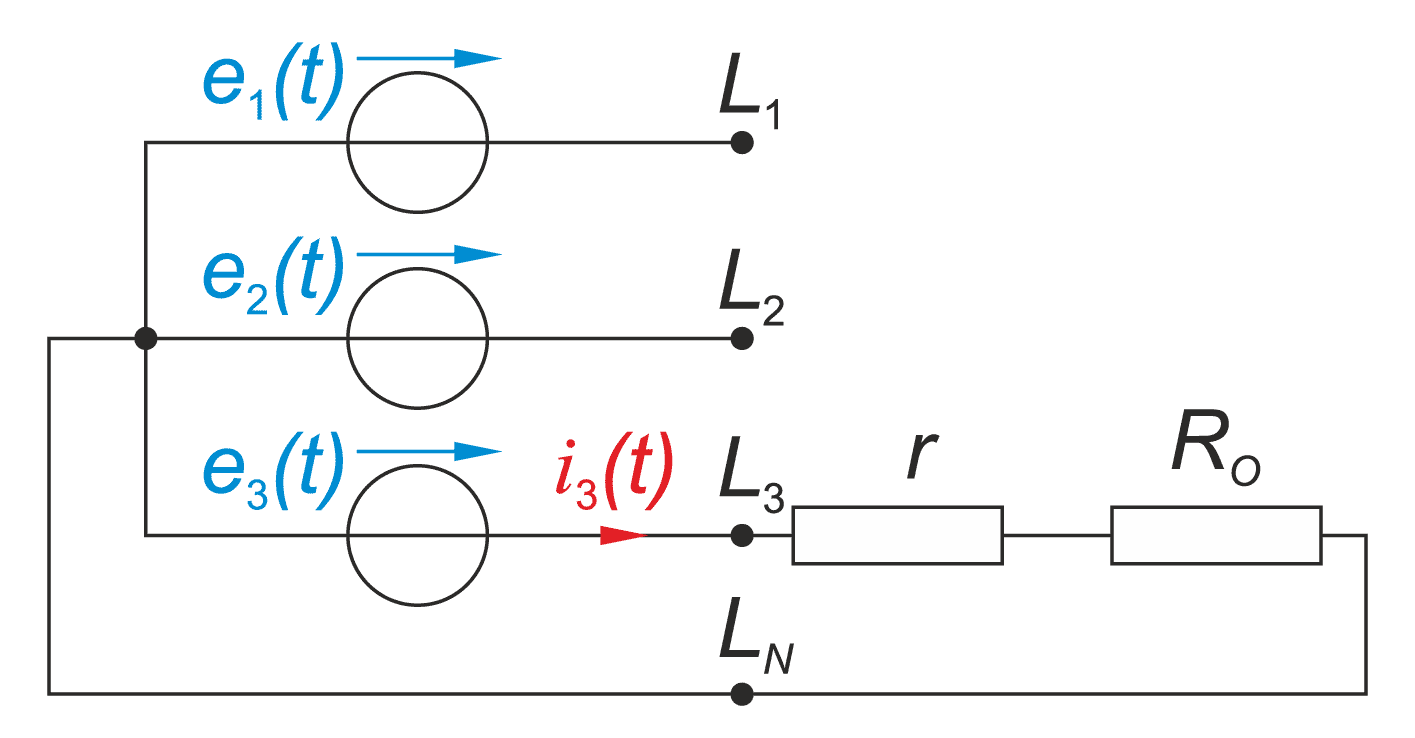E-journal for electrical and electronic engineers
AUTOMATYKA, ELEKTRYKA, ZAKLOCENIA
(AUTOMATICS, ELECTROTECHNICS, DISTURBANCES)
vol. 13, nr 2 (48) 2022
Reactive power (nonactive power), power or deficit of power?
Tadeusz St. PIOTROWSKI
Abstract
The paper presents the physical meaning of the phenomenon of energy transfer degradation in electrical systems interpreted as the occurrence of reactive power (nonactive power). It develops the thesis of prof. Fryze that the phenomenon occurs when in these systems currents and voltages waveforms are not proportional to each other. Moreover, the critical analysis of the concept explaining this phenomenon as the effect of energy oscillations between load and source has been discussed. It starts with the review of basic concepts.
Keywords
reactive power, power deficit, Fryze
Fig.
Bilbiography
[1] . S. Fryze „Moc rzeczywista, urojona i pozorna w obwodach elektrycznych o przebiegach odkształconych prądu i napięcia”. Przegląd
Elektrotechniczny, rok XIII, z.7. 1931. reprint: Przegląd Elektrotechniczny, rok LXXVIII, z. 5/2002 i 6/2002.
[2] E. J. Houston, A. E. Kennelly „Alternating electric currents”. New York, The W. J. Johnston Company, 253 Broadway 1895.
[3] Steinmetz, Ch. P.: „Theory and calculations of alternating current phenomena”. New York. Electrical Word and Engineer Incorporated. 1897.
[4] IEEE Std 1459-2010 „IEEE Standard Definitions for the Measurement of Electric Power Quantities Under Sinusoidal, Nonsinusoidal, Balanced, or Unbalanced Conditions”
[5] E. I. Emanuel „Power Definitions and the Physical Mechanism of Power Flow”. IEEE Press. A John Wiley and Sons, Ltd., Publication 2010.
[6] C. I. Budeanu „Puissances reactivez et fictives”. Institut Romain de lEnergie. Bucharest. 1927
[7] T. St. Piotrowski “Instantaneous components of power and actual physical phenomena in sinusoidal circuits”. Trans. of ICECS’2K, IEEE International Conference on Electronics, Circuits and Systems, December 17 - 20, 2000, Kaslik, Lebanon. http://ieeexplore.ieee.org/abstract/document/912999/
[8] W.B. Tobey, G.H. Walbridge „Investigation of the Stanley Alternate Current Arc Dynamo”. Transactions of American Institute of Electrical Engineers, 1890, vol.VII, no 11,, p. 376.
[9] Ch. P. Steinmetz „Findet eine Phasenverschiebung im Wechselsstromlichtbogen stat?“ Elektrotechnische Zeitschrift, 1892, Heft 42, str.567-568, 14 October 1892.
[10] P. Bunet „Puissance réactive et harmoniques“. R. G. E. 6 mars 1926.
[11] L. S. Czarnecki „Moce w obwodach elektrycznych z niesinusoidalnymi przebiegami prądów i napięć”. Oficyna Wydawnicza Politechniki Warszawskiej. Warszawa 2005
[12] L. S. Czarnecki „Physical Interpretation of the Reactive Power in Terms of the CPC Power Theory. Electric Power Quality and Utilisation”. Journal, vol. XIII, no 1., 2007
[13] E. I. Emanuel „Apparent and Reactive Powers in Three-Phase Systems”. In Search of a Physical Meaning and a Better Resolution. Eur. Trans. on Electr. Power, ETEP Vol. 3, No 1. str.: 7-14, 1993.
[14] M. Pasko., M. Maciążek „Power Theories for Improved Power Quality”, chapter 2. “Principles of Electrical Power Control”. Springer 2012
[15] L. S. Czarnecki „Do Energy Oscillations Degrade Energy Transfer in Electrical Systems?” IEEE Transactions on Industry Applications, 2021,
[16] T. Trajdos „Matematyka dla inżynierów”. WN-T. Warszawa 1974.
[17] T. S. Piotrowski „Moc bierna i jej fizyczne interpretacje”. Zeszyty Naukowe Akademii Morskiej w Gdyni. nr 57. Gdynia 2007. str. 5 - 21.











